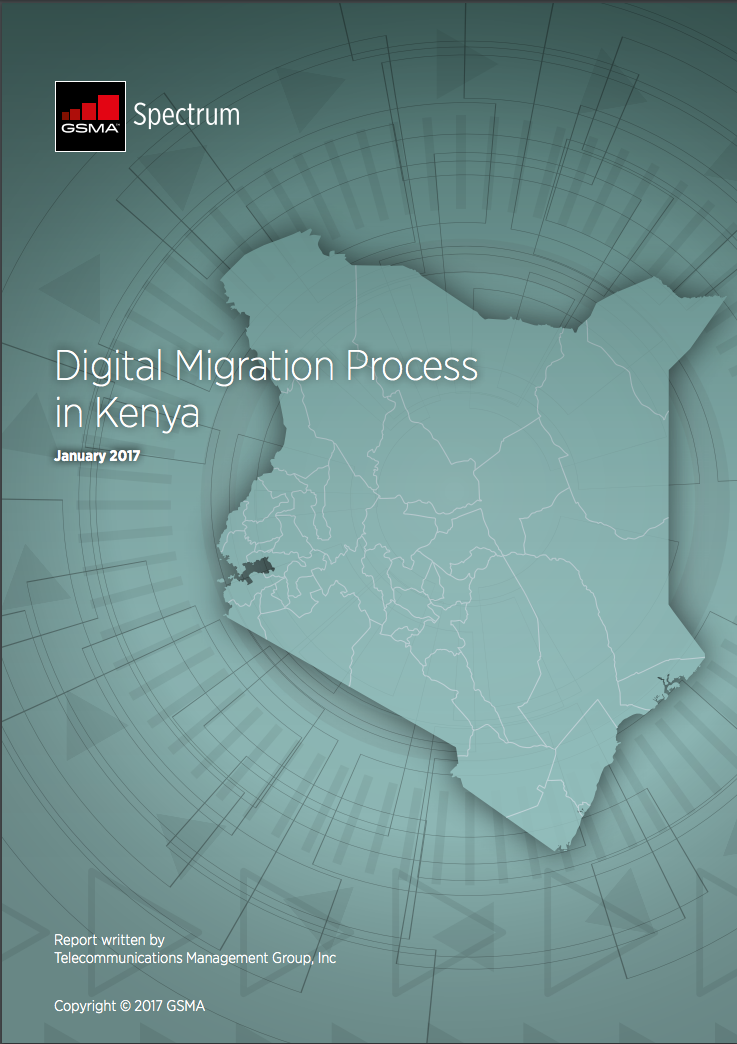This case study takes an in-depth look at the digital television migration in Kenya. It is useful to other countries where similar migration processes are ongoing or in the planning stages.
In Kenya, as in other countries, the digital migration process required consideration and implementation of a broad range of issues including policy, the state of the broadcasting market, funding for the migration, public outreach, consumer equipment availability and the inclusion of stakeholders in the planning process. The following are some key lessons from Kenya’s migration experience:
It all starts with a well-planned roadmap
Governments can facilitate a smooth and successful digital migration process by establishing a well-planned migration roadmap and obtaining buy-in from stakeholders;
Transparency enhances credibility
The roadmap should include as many details as possible regarding the repurposing of the Digital Dividend spectrum, including specific timelines for clearing the band and awarding the spectrum. In addition, the plan should specify the process the government will use to grant the spectrum to new operators;
Industry input is needed to succeed
Governments should request and give due consideration to industry input throughout the migration process, including during the planning that precedes any actual technical changes. This will encourage commitment from stakeholders, reducing the possibility of legal challenges and delays;
Only delay the process when absolutely necessary
In developing timelines for the process, all stakeholders should understand that adjustments will likely be necessary to address challenges and unanticipated developments. At the same time, multiple timeline adjustments create confusion and lack of certainty for consumers about the digital migration process. Only use these adjustments when objectively necessary. The benefits have to outweigh the increased uncertainty;
Choose technical standards with international backing
It is important to seek international harmonisation in order to harness the benefits that come from economies of scale. On the consumer side, the provision of set-top boxes is key, including their affordability and availability. Digital television deployment capacity in different regions of the country also need a proper consideration. That is true from both a network and consumer perspective.
Make sure to have well-run consumer awareness campaigns
Governments need the cooperation of media outlets. That is required for combatting misinformation to consumers. Media outlets with the greatest reach are the most important. That includes traditional channels, such as newspapers and radio.
The full report can be downloaded here in English. There is a also a summary available for download in English or French.


